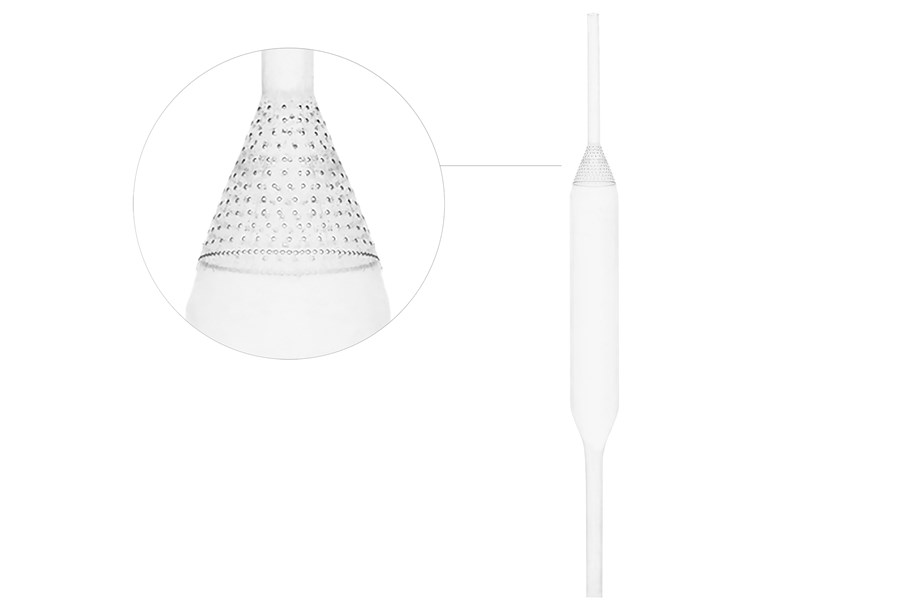Medical Balloon Laser Processing
Medical balloons are critical medical devices that require the highest manufacturing precision and quality. Lasers create detailed, high-precision balloon features that no other methods can duplicate.

Medical Balloon Laser Processing
Medical balloons are critical medical devices that require the highest manufacturing precision and quality. Lasers create detailed, high-precision balloon features that no other methods can duplicate.

With the latest laser technologies, tools, and materials, medical balloons can be manufactured with microscale features, from a large variety of materials, for increasingly innovative neurovascular, cardiovascular, gastrointestinal, urological, and catheterization procedures.
The market for catheter-based intervention devices continues to expand. Balloon angioplasty has become a preferred method for treating cardiovascular conditions. Balloon catheters enable a wide variety of other life-saving diagnostic and therapeutic procedures, including stent delivery, pressure monitoring, dilating vessels, drug delivery, occlusion, and clearing blockages.
As medical balloons and catheter devices get smaller and more complex, they must still maintain the highest quality and be easy to use. Our laser systems produce flow-regulating microholes, grooves, fill ports, and surface texturing, enhancing the performance of balloon devices. The absence of heat-affected zones makes laser processing ideal for sensitive balloon materials. Lasers also provide sterile shaping processes that can be used to customize component geometries to match various functions of the catheter.
Any medical balloon project requires in-depth discussions regarding materials, processes, and performance expectations. Theories and designs can be tested quickly, often turning around innovative prototypes within a few weeks.
Material testing is absolutely vital to success—multiple material types are thoroughly tested, as are the best hole arrays and laser parameters. Laser requirements may call for the use of a femtosecond laser, which cuts high-precision features as small as a few microns.
Lasers can be programmed to ablate or “vaporize” material at the micron level to shape or texture medical balloon surfaces. Surfaces of drug-eluting balloons can be shaped with lasers to create flow channels for drugs or to provide pathways for electrodes. Micron-scale texturing can improve the performance of the coating on the balloon or the surface friction. Lasers are also used to correct variable wall thickness or remove material to improve balloon performance, such as flexibility.
Micron-scale holes can be laser-drilled in a variety of patterns with the highest precision. Challenges can arise when holes are required on the sloped or conical surfaces of balloons. When this occurs, more multi-axis positioning controls and inline optical inspections are required during production to assure quality and repeatability. These methods are often developed in-house and used to customize unique balloon shapes and sizes.
Medical balloon failure can severely impact a surgical procedure or harm or kill the patient. Therefore, the products we process must meet or exceed all pertinent performance standards and manufacturing specifications.
Spectrum engineers continuously monitor and adjust our compliance, improvement, and validation processes, with the latest tools and technologies, including in-line vision systems, to maintain a highly effective quality management system and the highest level of quality and safety.